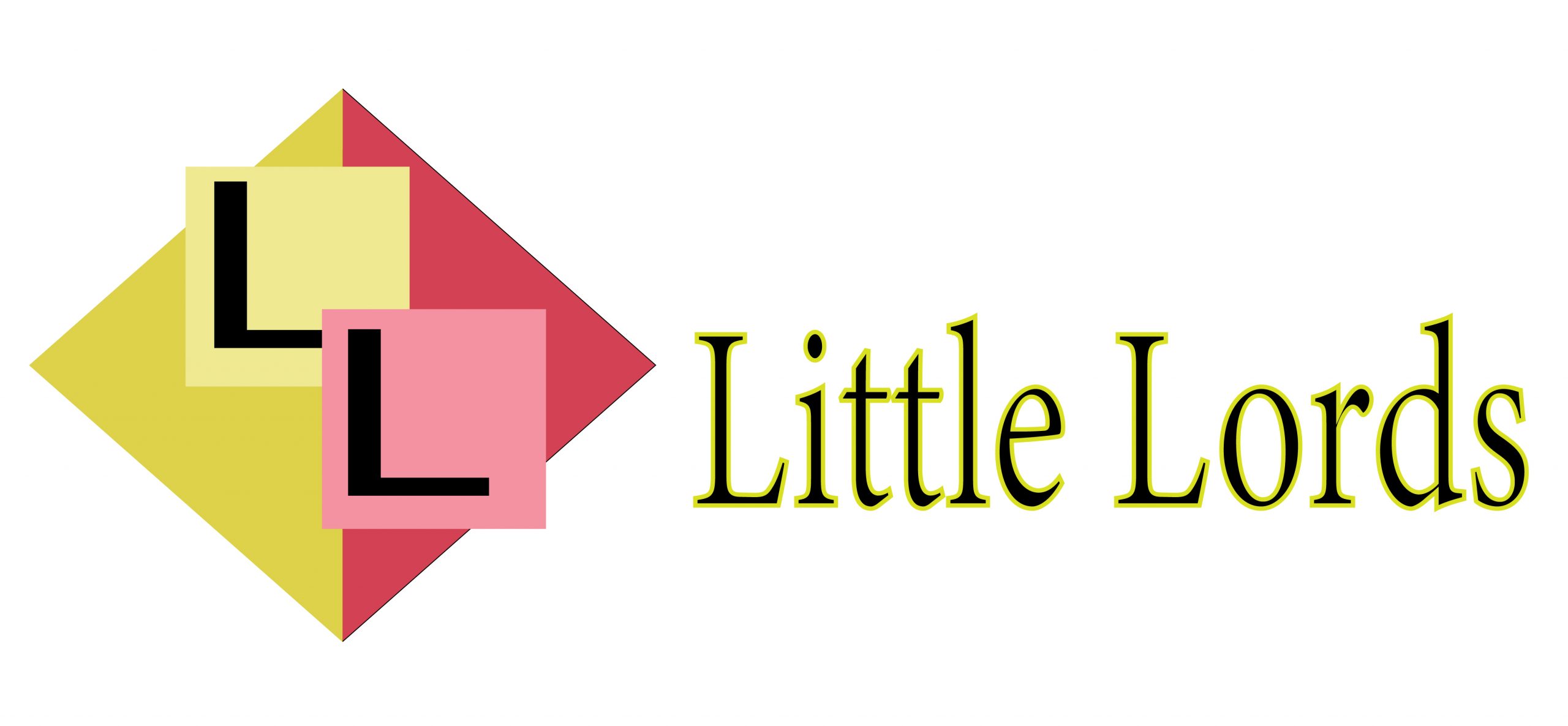Power answers encompass a varied array of systems and methods aimed at optimizing power creation, circulation, and consumption to meet the rising worldwide need while reducing environmental impact. These options span renewable energy options such as for example solar, breeze, hydroelectric, and geothermal power, along with power performance methods, grid modernization, and energy storage technologies.
Renewable energy solutions enjoy a crucial position in transitioning away from fossil fuels and mitigating climate change. Solar photovoltaic (PV) programs control sunlight to make energy, while breeze generators convert wind power in to power. Hydroelectric dams use flowing water to produce electricity, while geothermal energy taps in to temperature from the Earth’s core. These green sources offer clear, sustainable solutions to old-fashioned fossil fuels, reducing greenhouse gas emissions and marketing environmental sustainability.
Power efficiency solutions give attention to optimizing energy use across different sectors, including buildings, transportation, and industry. Energy-efficient technologies such as for instance LED lighting, smart thermostats, and energy-efficient appliances help reduce power consumption and lower application bills. Creating retrofits, efficiency improvements, and HVAC system improvements enhance power performance in residential, industrial, and professional buildings, leading to substantial power savings and carbon emissions reductions.
Grid modernization initiatives power sophisticated systems such as for instance intelligent meters, sensors, and automation to improve the consistency, resilience, and flexibility of the energy grid. Intelligent grids enable bidirectional conversation between tools and people, facilitating real-time tracking, need reaction, and integration of renewable energy resources. Energy storage answers such as for example batteries, motivated hydro storage, and thermal storage enjoy a vital role in handling supply and demand, saving excess power during intervals of minimal need for use throughout peak times.
Microgrid alternatives give localized, self-sustaining power methods that will work individually or along with the main power grid. Microgrids integrate renewable power sources, power storage, and advanced get a handle on programs to enhance energy generation and circulation, improve resilience, and support critical infrastructure throughout power outages or emergencies.
Energy management solutions utilize information analytics, device understanding, and artificial intelligence to enhance energy use, reduce spend, and identify opportunities for effectiveness improvements. Energy management platforms check energy use patterns, identify inefficiencies, and give actionable ideas to help businesses, municipalities, and persons make knowledgeable conclusions to reduce prices and environmental impact.
To conclude, energy answers encompass a wide array of systems and methods targeted at addressing the complex problems of energy production, distribution, and use Freiflächen Investment PV the 21st century. By adopting renewable power sources, increasing power effectiveness, modernizing the grid, deploying energy storage technologies, and utilizing sophisticated energy management techniques, groups can perform a far more sustainable, resistant, and equitable power future.

